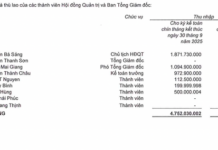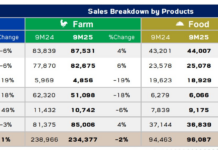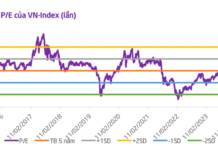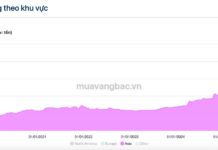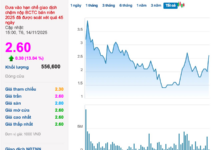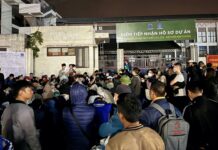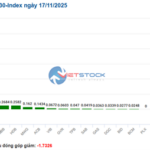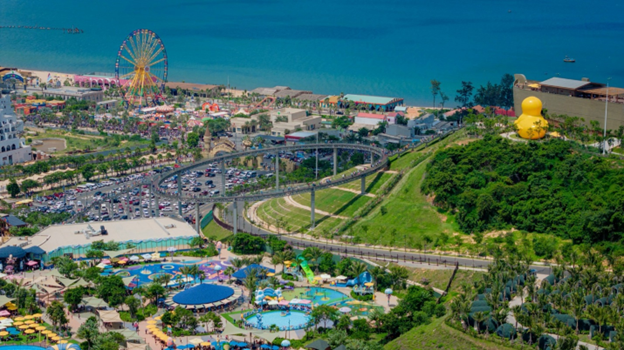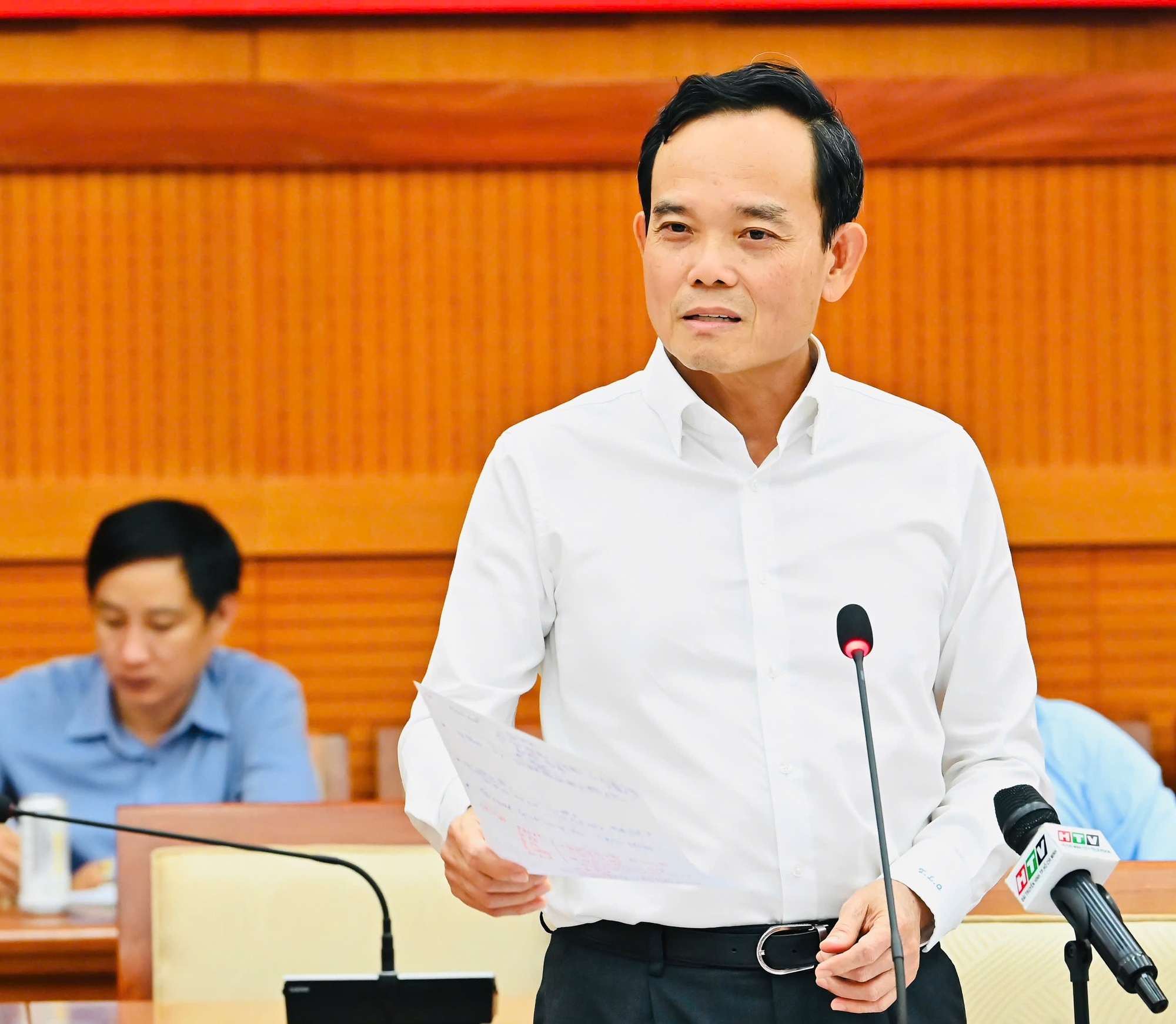
Secretary of the Ho Chi Minh City Party Committee Tran Luu Quang speaks at the meeting – Photo: SGGP
|
During the afternoon session of the Steering Committee for the Development of the Ho Chi Minh City Urban Railway Network on November 14, Secretary of the Ho Chi Minh City Party Committee Tran Luu Quang emphasized the need for the entire political system to focus on completing six metro lines in the city and two national railway lines assigned by the Central Government. Specifically, three key lines—Metro Line 2 Ben Thanh – Tham Luong, Metro Line 2 Ben Thanh – Thu Thiem, and the Thu Thiem – Long Thanh line—must be completed before 2030, with clear timelines and responsibilities to avoid overlaps and delays.
Mr. Quang also announced that the city will commence construction of the Ben Thanh – Can Gio line on December 19. He instructed departments to simultaneously execute tasks to prevent bottlenecks due to poor coordination.
|
Ben Thanh – Can Gio Metro Project, proposed by VinSpeed High-Speed Railway Investment and Development JSC, spans nearly 53 km with an estimated investment of over 86.65 trillion VND. |
The Ho Chi Minh City Urban Railway Management Board has been tasked with creating two Gantt charts to monitor progress: one from now until 2030 and another from now until June 2026. These charts will oversee the responsibilities of all departments involved in the urban railway network’s development.
Highlighting resettlement efforts, Secretary Tran Luu Quang affirmed that the city will arrange resettlement on a project-by-project basis and provide rental subsidies during the waiting period if resettlement areas are not yet completed. The city is also preparing a reserve of pre-built housing in strategic locations to address urgent cases, ensuring long-term stability and livelihoods for affected residents.
Mr. Quang directed the digitization of the entire resettlement process to ensure transparency, accuracy, and convenience for those impacted by the urban railway projects.
Proposal to Establish a State-Owned Urban Railway Corporation
According to the Ho Chi Minh City Department of Construction, the national railway network in the city’s hub area includes seven lines totaling 547 km. The urban railway network comprises 27 lines, spanning over 1,024 km. The city aims to complete approximately 232 km of urban railway by 2030, with a preliminary total investment of around 19.67 billion USD.
From 2025 to 2030, Ho Chi Minh City prioritizes the implementation and completion of six critical lines, including two sections of Metro Line 2, the Thu Thiem – Long Thanh line, the Binh Duong – Suoi Tien line, the Thu Dau Mot – Ho Chi Minh City line, Phase 1 of Metro Line 6, and the Ben Thanh – Can Gio line.
Central Government and city budget funds currently cover only about 66% of the total requirement. Therefore, the city must promptly develop a plan to mobilize additional resources, leverage land funds through the Transit-Oriented Development (TOD) model, and enhance public-private partnerships, particularly the Build-Transfer (BT) model.
At the meeting, Director of the Ho Chi Minh City Institute for Development Research Truong Minh Huy Vu proposed establishing a state-owned Urban Railway Corporation under the Ho Chi Minh City People’s Committee to manage investment and operate the metro system cohesively.
Chairman of the Ho Chi Minh City People’s Committee Nguyen Van Duoc urged agencies to select capable investors and comprehensively review railway planning to align with the new urban space in the 2021-2030 master plan, with a vision to 2050.
He instructed the development, appraisal, and adjustment of urban planning around transit hubs and depots under the TOD model to maximize land use for the city’s sustainable development.
– 05:28 17/11/2025
Revived Real Estate Market in Ho Chi Minh City: A Legal Minefield for the Uninformed
Northern investors are increasingly eyeing the Ho Chi Minh City real estate market. However, disparities in legal frameworks, urban planning, and market dynamics can lead to unmet expectations for those unfamiliar with the Southern landscape. Understanding the local “rules of the game” is crucial for success in this vibrant market.
Ho Chi Minh City Chairman Addresses $430 Million Flood Control Project and Rail Link to Long Thanh Airport
The Chairman of the Ho Chi Minh City People’s Committee announced that the Standing Committees of the Ho Chi Minh City Party Committee and the Dong Nai Provincial Party Committee recently convened and reached agreements on numerous inter-regional transportation connectivity projects. These initiatives encompass both rail and road infrastructure, as well as bridge connections between the two localities.
Top Experts and Scientists in Ho Chi Minh City Earn Up to $4,300 Monthly Salaries
Elevate Your Career in Ho Chi Minh City: Unmatched Opportunities Await
Discover unparalleled opportunities in Ho Chi Minh City, where experts, scientists, and uniquely talented individuals thrive. Enjoy monthly incomes ranging from 30 to 100 million VND, coupled with an initial allowance of up to 100 million VND. Your exceptional skills deserve exceptional rewards—join us and redefine success.













